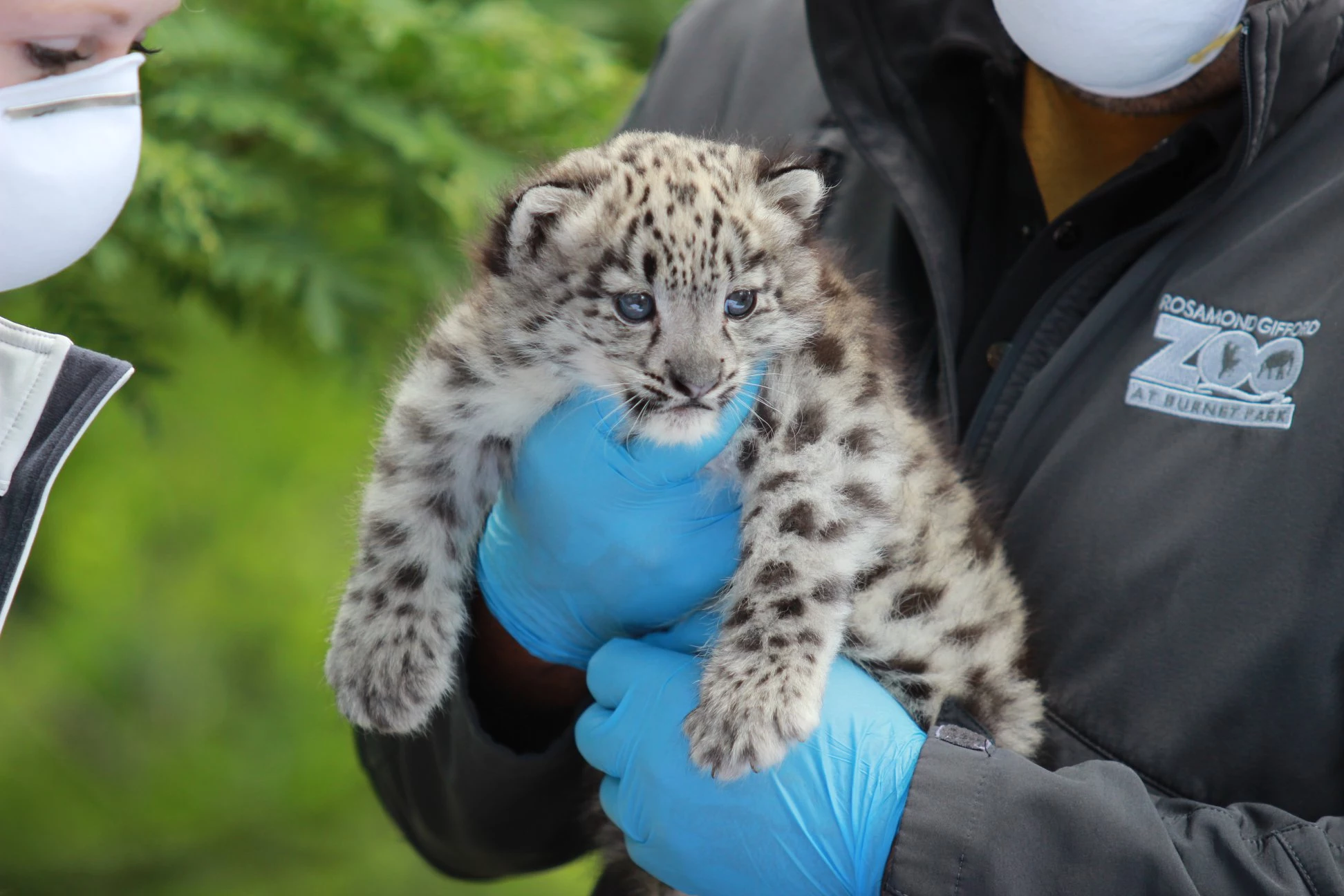

It also allows us to see not just unemployment but retirement, disability and caregiving as normal, legitimate ways to live. It justifies a universal basic income and rights to housing and health care. Your job, or lack of one, doesn’t define your human worth. In our dissent from this vision and our creation of a better one, we ought to begin with the idea that each one of us has dignity whether we work or not. Work is our highest good “do your job,” our supreme moral mandate.īut work often doesn’t live up to these ideals. John Smith’s decree that slackers would be banished from the Jamestown settlement to Silicon Valley gurus’ touting work as a transcendent activity. Political, religious and business leaders have promoted this vision for centuries, from Capt. And it’s where we seek meaning and purpose, which many of us interpret in spiritual terms.

It’s how we earn dignity: the right to count in society and enjoy its benefits. It’s much more than how we earn a living. Kristal Jones, 38 Small business owner, Bozeman, Mont.Īs it is, work sits at the heart of Americans’ vision of human flourishing. We now have space to reimagine how work fits into a good life. And with labor-friendly economic conditions, workers have little to lose by making creative demands on employers. Now, the moral structure of work is up for grabs. The conventional approach to work - from the sanctity of the 40-hour week to the ideal of upward mobility - led us to widespread dissatisfaction and seemingly ubiquitous burnout even before the pandemic. We need that truth now, when millions are returning to in-person work after nearly two years of mass unemployment and working from home. But for that reason, I see in it an important effort, one every one of us will have to make sooner or later: an effort to prove, to herself and others, that we exist to do more than just work. It also “gives me a sense of validation, like I’m part of society,” she said.Īrt does not give Patricia the total satisfaction academia did. A project like this allows her to exercise her curiosity.
#Her interactive careers series#
She made friends there and began collaborations with them, like a 100-day series of sketchbook pages - abstract watercolors, collages, flower studies - she exchanged with another artist. She started drawing, painting and making collages, posting the art on Instagram.

Chronic pain made it hard to write, sometimes even to read. “I’ve had to evaluate my core values,” she said, and find a new identity and community without the work she loved. She was eventually diagnosed with a subtype of Ehlers-Danlos syndromes, a group of hereditary disorders that weaken collagen, a component of many sorts of tissue. For three years she had frequent bouts of paralysis. She went on disability and moved in with relatives.

It became impossible to continue her career. Her life, from classes to research to hours spent in campus cafes, felt like one long, fascinating conversation about human nature and government.īut then she started getting very sick. Her work determined where she lived and who her friends were. “Being a political theorist was my entire adult identity,” she told me recently. He is the author of the forthcoming book “ The End of Burnout,” from which this essay is adapted.Ī dozen years ago, my friend Patricia Nordeen was an ambitious academic, teaching at the University of Chicago and speaking at conferences across the country. Malesic is a writer and a former academic, sushi chef and parking lot attendant who holds a Ph.D. With resolutions from New York Times readers


 0 kommentar(er)
0 kommentar(er)
